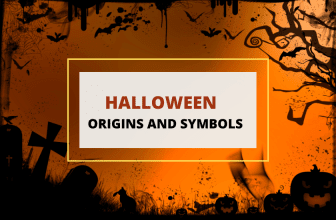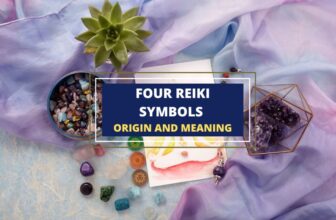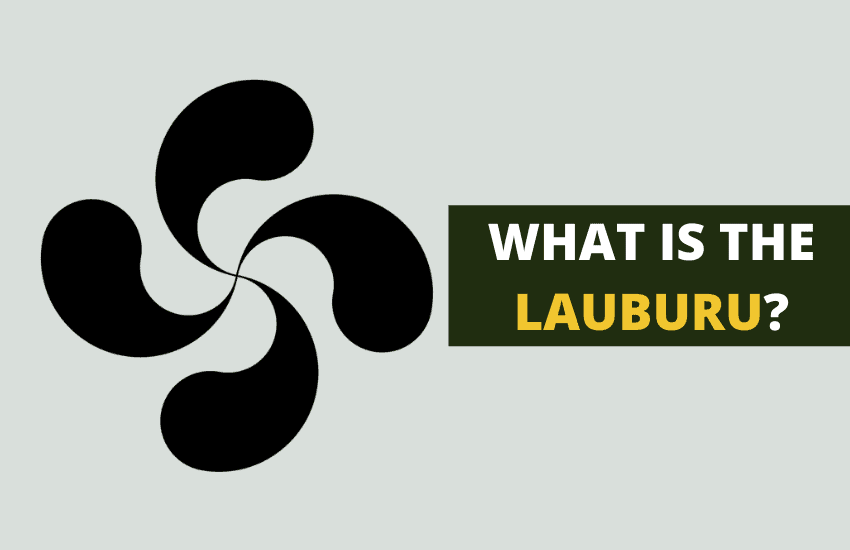
Table of Contents
The Lauburu, also known as the ‘Basque Cross’ is an ancient symbol commonly identified with the Basque people, and is said to represent their unity, culture and identity. It’s strongly associated with the Celts, especially the Galicians, but has also been used by several ancient people, all the way from Europe to Asia. This ancient Basque symbol means four heads, four ends, or four summits.
History of the Lauburu
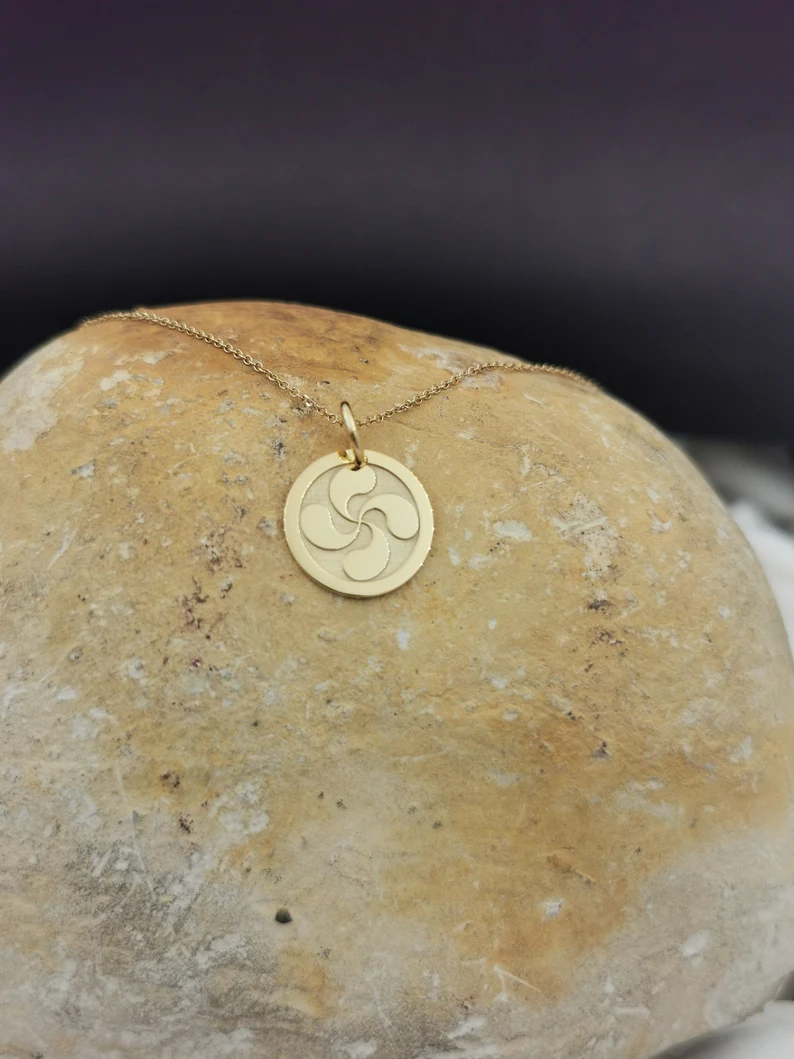
Basque Country, also known as Euskadi, is an autonomous community in the north of Spain, known for its long, rich history and culture, as well as stunning landscapes, delicious cuisine and distinct language. The Lauburu symbol was used in the Basque country about 200 years BC.
According to some historians, the Lauburu was brought into Basque by Celtic men, who served in the Roman armies. Others say that the Lauburu was a sun-symbol that was widely used by several ethnic groups across Europe.
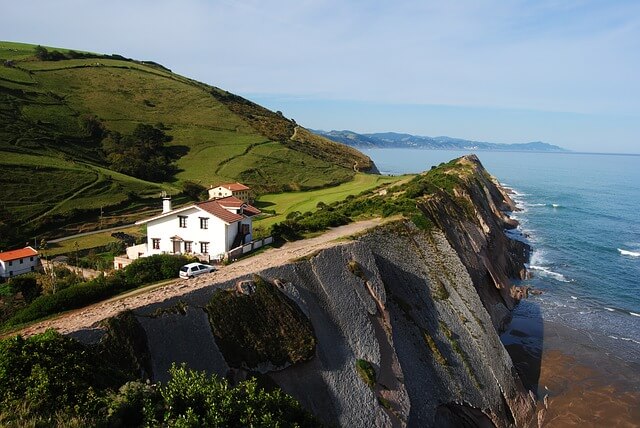
The symbol is shaped like a cross but with each arm shaped like a comma. The design features dynamism and a sense of movement, as each head or arm turns in an anti-clockwise direction. Its name ‘lauburu’ is derives from two separate words ‘lau’ meaning four and ‘buru’ meaning head. Some say that the heads represent the four regions of the Basque Country. The cross doesn’t appear in any of the coats of arms used by the country, but it is regarded as an important symbol.
After the Nerva-Antonine dynasty, there were no specimens of the Lauburu symbols to be found. However, at the end of the 16th century, it began to appear excessively as a decorative element used by the Basque people on tombs or in wooden chests.
Lauburu and the Swastika

Some people believed that this symbol had something to do with the swastika. In the past, the Lauburu was associated with the Euskal Orratza, a symbol that closely resembled the swastika. However, after the Nazi’s appropriated the swastika, the use of the Euskal Orratza diminished, and the Lauburu persisted.
The Lauburu symbol continued to become increasingly popular among the Basque people who began to display it over the doorway of their shops and homes. They thought of the symbol as a kind of talisman of prosperity and believed that it would bring them success and protect them.
The Lauburu symbol can be easily constructed using two compass settings, starting with the formation of a square. Each of the four heads can be drawn from the neighboring vertex of the square and the radius of one will be half the length of the other one.
Symbolism of the Lauburu Symbol
The Basque cross represents several important concepts. Aside from representing the four regions of Basque country, the symbol is also said to represent the sun. It’s considered a good omen since the sun takes away the dark and therefore, the evil with it. This is considered to be the reason that the Basque people and Celts began to bear stone carvings of this symbol over their houses and workplaces. They believed the symbol would protect them from evil and bring them success and prosperity.
There are several symbolic meanings associated with the Lauburu. Here’s a more detailed look.
- Basque Culture
The Lauburu is a symbol of Basque culture and identity. The four heads of the Lauburu can represent the major regions of the Basque country. The Lauburu has been used as an emblem of unity, to bring together Basque citizens, and is the chosen emblem for various Lauburu languages. The symbol is also used as the emblem for Basque, and the green within the emblem symbolizes the mountainous regions within the country.
- Life and Death
The Lauburu symbol can be used to symbolize life and death. The commas or heads of the symbol that are pointed towards the right, represent creation, life, and good luck, while the commas that are turned left, symbolize death, destruction and misfortune.
- Spirituality
Historians deduce that the Lauburu has similar functions to a Christian cross. It is an emblem of life, death, and resurrection. From the 16th century onwards, this symbol replaced the cross, as a decorative element for tombs.
- Things that Come in Fours
The four heads of the Lauburu, symbolizes earth, water, fire, and air. The heads that are in a vertical plane represents sunset and are associated with water and fire. The horizontal heads symbolize sunrise and are related to earth and air. The four heads can also represent physical, mental, emotional and perceptual realms, the four cardinal directions, and the four seasons.
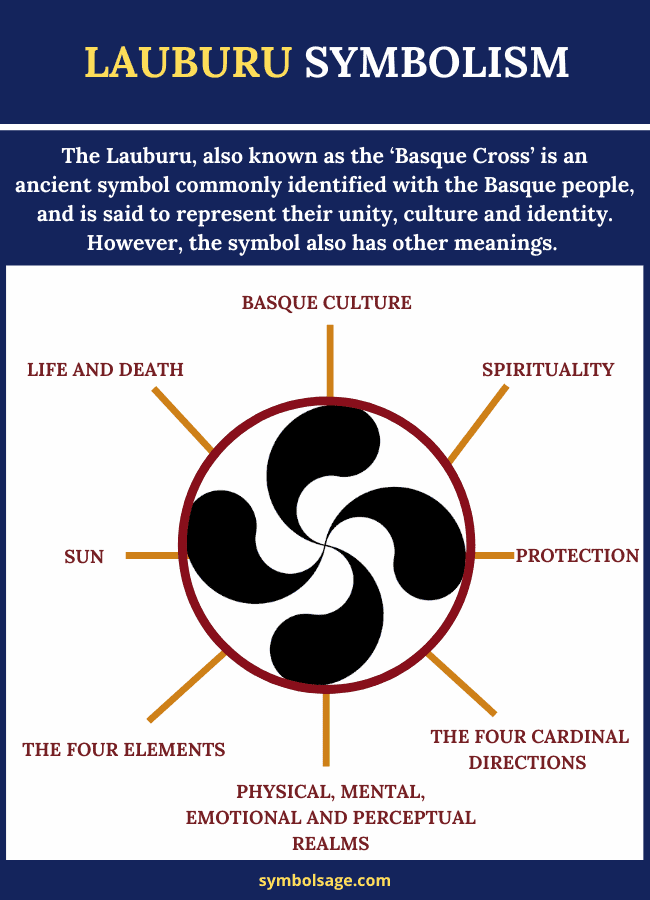
Uses of The Lauburu Symbol
- Protective charm: The Lauburu symbol has been predominantly used as a protective charm. The Basque people used to etch the symbol onto their homes and shops to prevent evil energy and spirits. The symbol was also said to bring greater wealth, prosperity, and fortune.
- Healing animals: Several historians have deduced that the Lauburu symbol was used to heal animals. The Lauburu can be found on tombs of animal caretakers and healers.
- Solar symbol: Evidence suggests that the Lauburu has been used as a solar symbol, to mark strength, energy, and new beginnings.
The Lauburu Symbol in Use Today
The Lauburu symbol saw a drastic decline during the Francoist dictatorship. But in contemporary times, it has resurfaced, and is being used as an emblem of Basque political organizations.
Today, the Lauburu symbol continues to be popular not only among the Basque people and the Celts but also among others throughout the world, regardless of religion or culture. It’s still used as a motif for decorating all kinds of things including doors, boxes, tombstones, wardrobes and jewelry (even wedding jewelry!). The Lauburu is also depicted on garments and used as talismans and charms worn by those who wish to keep themselves and their families safe.
In Brief
The Lauburu symbol remains an important symbol of the unity and identity of the Basque people. Although not many people know exactly where the symbol came from and what it symbolizes, the symbol continues to be highly important in its context.






